California has been seeing record rains recently causing flooding around the state. From San Diego County to Yreka, California, to the far north, all of California has received historic rainfall levels, filling reservoirs fast, some too fast! Even with the large amounts of rain, things can dry out quickly if temperatures shoot up, something that is being observed more often.
The question seems to come up in every article about rain in California, "Is the drought over?" Our recent blog post, It's Raining Tanks and Cisterns (click for link), discusses why this is a dangerous question to ask. Of course, it should be discussed, but planning for, and educating people about the new normal of receiving less average rainfall is far more important than if people can legally go back to using grossly unnecessary amounts of water that became restricted under the "drought" "rules". As we've observed recently, things can dry out quickly if temperatures shoot up.
With less rain, farmers have been pumping extra ground water. So much so, that the ground level has been dropping significantly in areas with heavy ground water draw. According to Park Williams, a climate scientist and an assistant professor at Columbia University's Lamont-Doherty Earth Observatory, groundwater pumping is essentially taking away from future water reserves to survive this current drought.
"If we take groundwater out of the ground and we don't put water back in to replace it, then that is an unsustainable approach to the use of a very valuable resource," Williams said. "As we continue to reduce drought effects by pulling water out of the ground, we're stealing from the future. And so without prescribing any recommendation, I will say that the California government is beginning to try to regulate groundwater use ... The point of doing that is to try to find a more sustainable approach to using that valuable resource."
According to the Environmental Protection Agency, California's water comes from three main sources: aquifers, snowpack, and reservoirs. The drought tends to hit rural communities harder than the cities as they are better able to diversify their water supply. Most farmers rely on irrigation, which accounts for approximately 80 percent of California’s water use, according to the Public Policy Institute of California.
David Feldman, a UC Irvine professor of planning, policy and design, says it's important to prepare for a drought before one is declared. He recommends that the U.S. follow Australia's example by harvesting rainwater and recycling wastewater. Our recent blog post, What Regions In Drought Can Learn From Australia (click link), dives deeper into those proven strategies.
He also said it is critical to not take our water for granted. Every drop counts.
"Droughts are not just limited to California and the Southwest," Feldman said. "Other areas of the U.S. have been through periods of water stress and drought from time to time. We want to do everything we can ... to protect our water, to conserve it ... to recycle it if we can, just to treat it more wisely than we have in the past."
Rainwater harvesting systems save water from wetter times for the drier times - whether it be reservoir or a rainwater harvesting tank at your home. Our recent blog post talks about the advantages of smaller rainwater harvesting systems so we don't encounter dangerous problems like we have been experiencing at Oroville Dam (click for link - How You Can Save Oroville Dam - Harvest Rainwater).
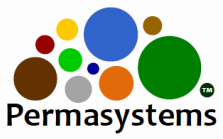
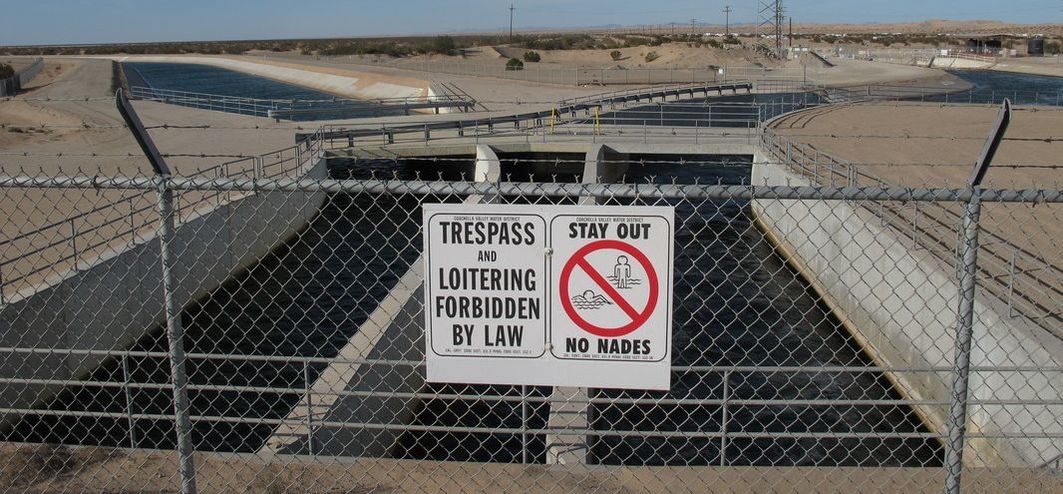
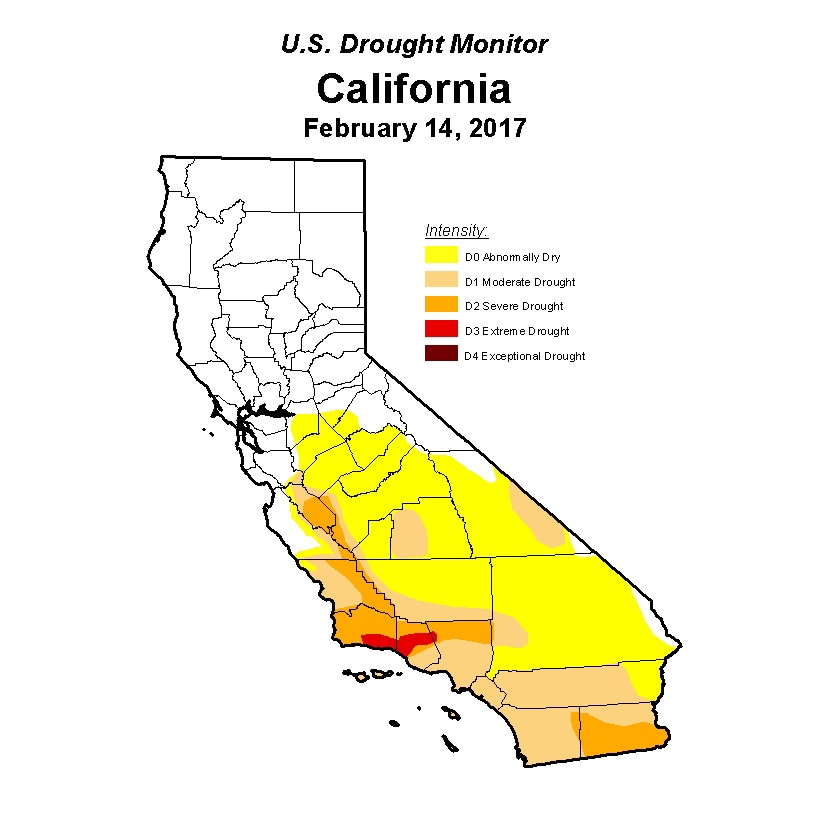
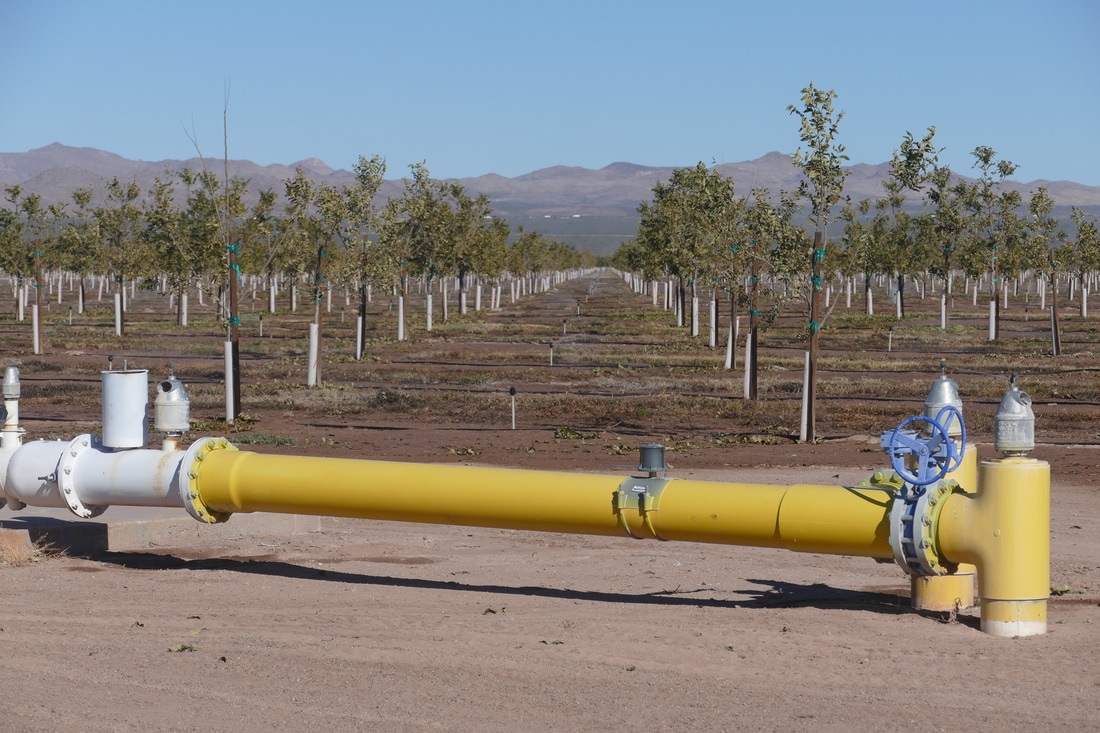
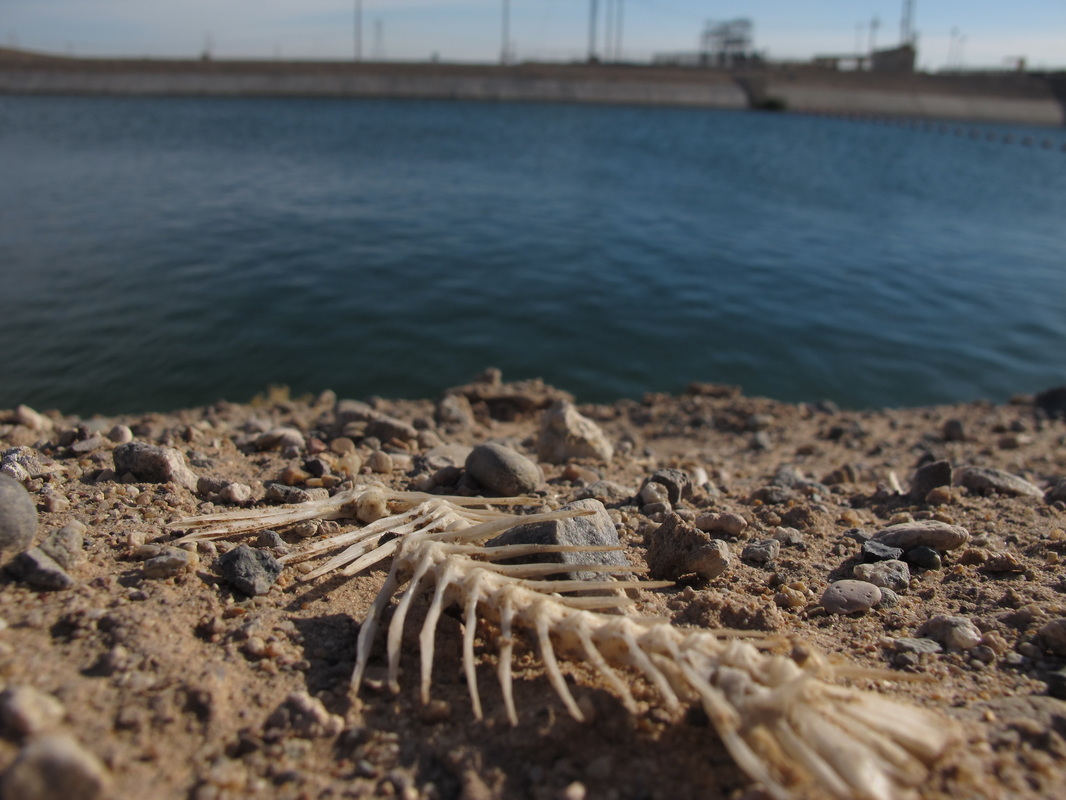

 RSS Feed
RSS Feed